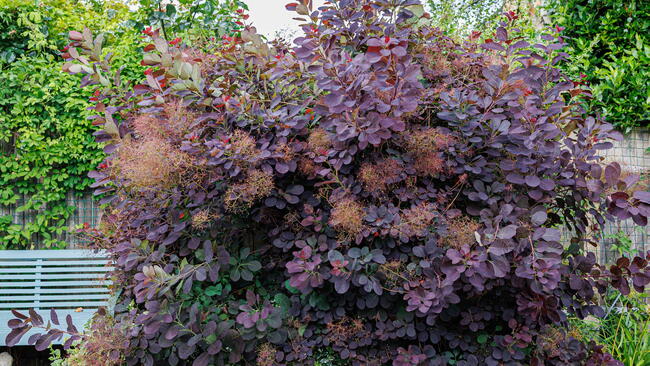
Photo Credit
Noel V. Baebler
Subhead
Growing Crepe Myrtles: Planting Tips, Care, and Year-Round Beauty
Read Next
Types
- ‘Dynamite’ is a deep red bloomer with orange fall leaves. It typically grows 10 to 15 feet tall.
- ‘Zuni’ is a dark lavender stunner with orange or burgundy autumn foliage. Hardy to Zone 6 and typically a manageable 9 to 12 feet tall.
- ‘Black Diamond’ is a designer line of crepe myrtles with dark, almost black foliage and bright blooms, bred to continue flowering all summer.
- ‘Natchez’ is a rapid grower that can put on 3 to 5 feet annually. Mature size may reach 30 feet.
- ‘Chickasaw’ is a dwarf shrub that blooms in pink or lavender and will stay about 2 feet tall, spreading to 3 to 4 feet wide, making it great for containers.
- If you live in cooler zones, plant cold-hardy varieties (‘Acoma’, ‘Centennial Spirit’, or ‘Hopi’).
Gardening Products
More Like This
Crape Myrtles have become a nuisance in the South. Because the roots grow long and are impossible to dig or kill, they can enter plumbing pipes. Once cut down, roots will pop up everywhere. Seeds also spread where not wanted. Another ornamental that has become a problem!
I love crepe myrtles, but DO NOT plant them near a pool or where the wind will blow the dropping petals into the pool.
Definitely don’t plant by pool! We have about 3 large ones and they’re a mess.












Comments